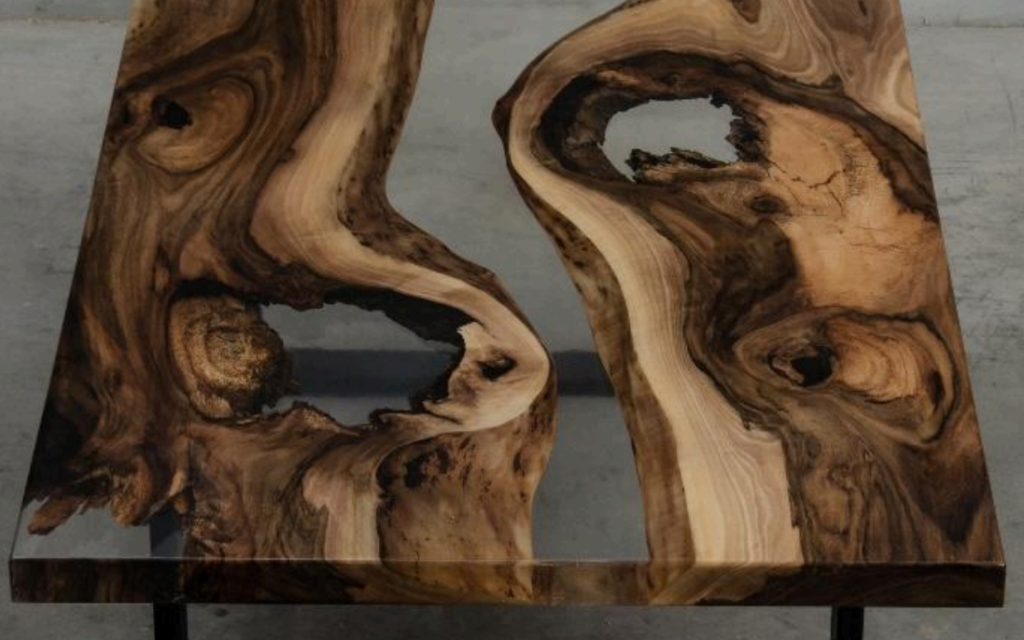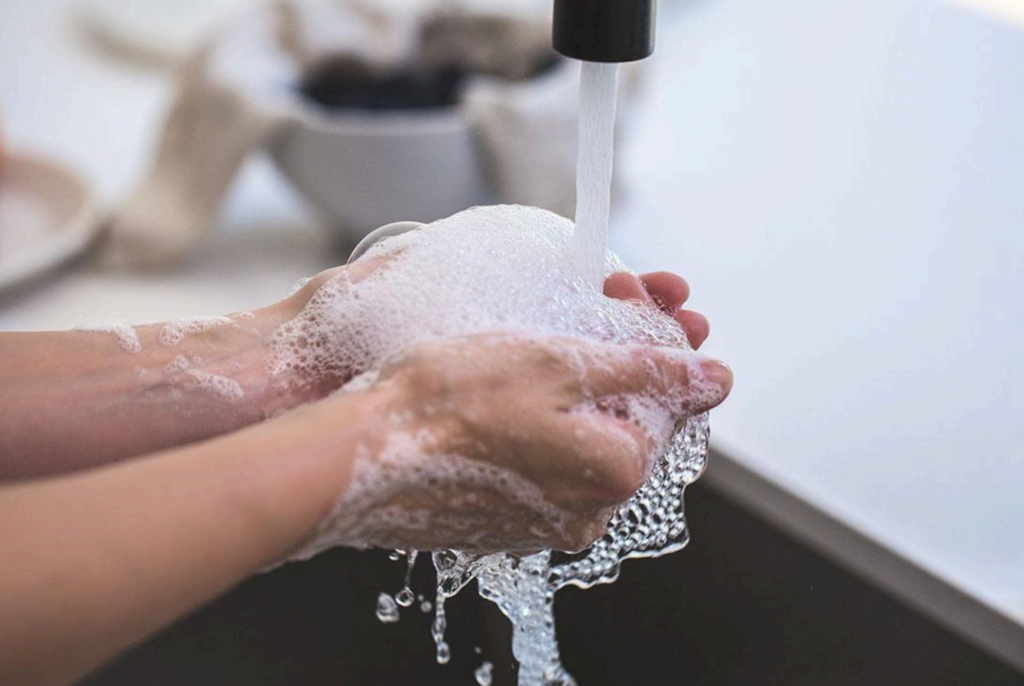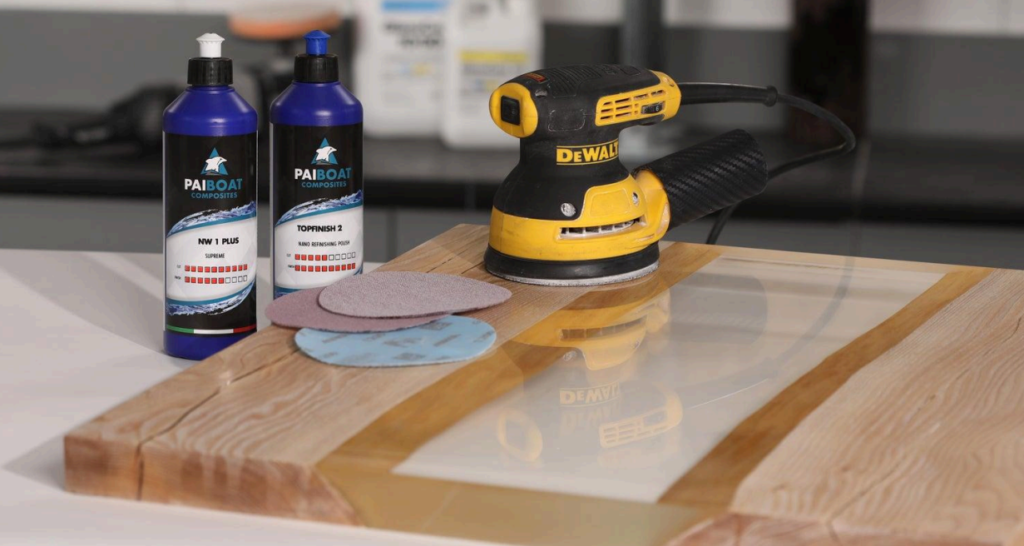Written by Angela Cylc

Resin tables are a popular choice in homes, offices, and outdoor spaces due to their sleek, modern appearance and durability. Whether used as dining tables, coffee tables, or statement pieces, they require regular care to maintain their aesthetic and functionality. Many people search for the answer to “What is the best way to clean resin tables?” because resin surfaces can scratch, discolor, or accumulate grime if not properly maintained. In this blog, we’ll provide a detailed guide on cleaning, maintaining, and repairing resin tables so they can last for years.
Understanding Resin Tables
Before diving into cleaning techniques, it’s important to understand the unique characteristics of resin tables. Resin is a durable, non-porous material made by combining synthetic polymers. When used to create tables, resin is often poured over wood, metal, or other materials to create a glossy, glass-like finish.
Resin’s non-porous nature makes it resistant to stains and water damage, but this same feature means it can also accumulate residue or show scratches over time. Whether your table is indoors or outdoors, regular upkeep is essential to keep it looking as good as new.
Step-by-Step Guide to Cleaning Resin Tables

Daily Cleaning to Maintain Shine
Daily cleaning is the foundation of maintaining your resin table’s glossy appearance. For this, you’ll need a soft sponge, mild dish soap, and water. Abrasive cleaners or rough sponges are a big no-no, as they can leave scratches.
- Start by dusting the surface with a microfiber cloth to remove loose debris.
- Mix warm water with dish soap, creating a gentle cleaning solution.
- Dip a soft sponge into the soapy water and wipe down the table in circular motions,
- ensuring you clean all corners and edges.
- Rinse with clean water, then dry immediately using a soft, lint-free cloth.
- This quick routine prevents dirt from building up and ensures your table remains shiny
- and smudge-free.
2. Deep Cleaning for Stains and Marks
Even with regular cleaning, resin tables can sometimes develop stubborn stains, sticky residues, or visible marks. For these tougher cleaning jobs, acetone is a trusted solution.
- Apply acetone carefully: Soak a cotton cloth with a small amount of acetone and dab it onto the affected area.
- Gently rub the stain in a circular motion until it fades.
- Once the stain is gone, rinse the area with water to remove any acetone residue.
Acetone is highly effective for stubborn stains, but always use it sparingly to avoid damaging the resin. Test it on a small, inconspicuous area first if you’re concerned about its impact.
3. Outdoor Resin Table Maintenance

Resin tables used outdoors are exposed to additional elements like sunlight, rain, and dust. To keep them in top shape:
- Provide shade: Place outdoor resin tables under umbrellas or in shaded areas to protect them from harmful UV rays. UV exposure can cause fading and discoloration over time.
- Use protective covers: Waterproof, UV-resistant covers can shield your table from rain, snow, and other elements.
- Inspect for damage: Regularly check for scratches, loose hardware, or cracks in the resin layer, and address them immediately.
By protecting your outdoor resin table, you’ll avoid costly repairs and ensure it stays vibrant for years to come.
How to Repair Scratches on Resin Tables
Scratches can detract from the beauty of your resin table. Luckily, they’re often repairable with the right tools and techniques.
1.Assess the Damage: Determine whether the scratch is superficial or deep.
- For light scratches, buffing the surface with a resin-safe polish and a soft cloth may be sufficient.
- For deeper scratches, you’ll need to use epoxy resin for repair.
2.Clean the Surface: Before applying any repair materials, clean the scratched area with a household cleaner and allow it to dry completely.
3.Mix Epoxy Resin: Follow the manufacturer’s instructions to mix a two-part epoxy resin. Apply the resin to the scratch using a small applicator or toothpick, ensuring the scratch is completely filled.
4.Smooth the Surface: Use a dull razor blade to scrape away excess resin. This will help level the repaired area with the rest of the table.
5.Polish After Curing: Once the epoxy has fully cured (this may take several hours), buff the area with a resin-safe polish to restore its shine. This process not only fixes scratches but also ensures your table looks like new.
Preventative Maintenance Tips for Resin Tables
The best way to keep your resin table clean is to prevent damage and stains before they occur. Here are some practical preventative measures:
- Use Placemats and Coasters: Protect the surface from scratches and heat damage by using placemats under dishes and coasters under glasses.
- Clean Spills Immediately: Resin surfaces are resistant to liquids, but allowing spills to sit for too long can result in discoloration. Wipe spills immediately with a damp cloth.
- Avoid Harsh Chemicals: Stick to mild household cleaners and avoid using bleach or acidic solutions, which can damage the resin’s finish.
- Rotate Outdoor Tables: If your resin table is outdoors, rotate it periodically to ensure even exposure to sunlight and minimize fading.
- Store During Harsh Weather: For outdoor tables, bring them inside during extreme weather conditions, such as heavy storms or freezing temperatures.
Advanced Techniques: Polishing Resin Tables for a High-Gloss Finish

If your resin table starts to lose its shine over time, polishing it can restore its glossy appearance. Use a high-quality resin polish or wax to achieve the best results.
- •Apply a small amount of polish to a microfiber cloth.
- •Rub the polish onto the table in small, circular motions, focusing on dull or scratched areas.
- •Buff the surface with a clean, dry cloth until the desired shine is achieved.
Polishing is particularly beneficial for resin tables that have been exposed to heavy use or
outdoor elements.
Common Mistakes to Avoid When Cleaning Resin Tables
While resin tables are durable, they can still be damaged by improper cleaning techniques. Avoid these common mistakes:
- 1.Using Abrasive Sponges: Abrasive materials can leave scratches that dull the surface over time. Always use soft sponges or microfiber cloths.
- 2.Skipping Regular Cleaning: Dirt and dust can accumulate on the resin surface, making it harder to clean and increasing the risk of scratches.
- 3.Overusing Acetone: While acetone is effective for stains, excessive use can weaken the
- resin’s finish.
- 4.Neglecting UV Protection: Outdoor tables exposed to direct sunlight can fade or become brittle if not protected.
- 5.Applying Harsh Chemicals: Strong chemicals like bleach or ammonia can erode the glossy finish and cause discoloration.
FAQs: What Is the Best Way to Clean Resin Tables?
- How often should I clean my resin table?
Clean your resin table weekly or after heavy use to prevent dirt buildup and maintain its
glossy appearance. - Can I sand my resin table to remove deep scratches?
Yes, sanding is an option for deep scratches. Use fine-grit sandpaper and follow up with a
resin polish to restore the surface. - What should I avoid placing on my resin table?
Avoid placing extremely hot items, harsh chemicals, or abrasive objects directly on the
table, as these can cause damage.
Conclusion
Maintaining a resin table requires a combination of regular cleaning, preventative care, and occasional repairs. The best way to clean resin tables is by using gentle tools like soft sponges and microfiber cloths, combined with mild soap and water. For tougher stains, acetone can be a lifesaver, while epoxy resin repairs are ideal for scratches.
Whether your table is an indoor centerpiece or an outdoor patio staple, following these tips will ensure it remains beautiful and functional for years. With proper care and maintenance, your resin table can continue to serve as a stunning addition to your space.
If you’ve ever wondered, “What is the best way to clean resin tables?” This guide provides everything you need to keep them spotless and well-maintained. Follow these steps and enjoy the timeless elegance of your resin table for years to come.
Cleaning Products to Check Out


